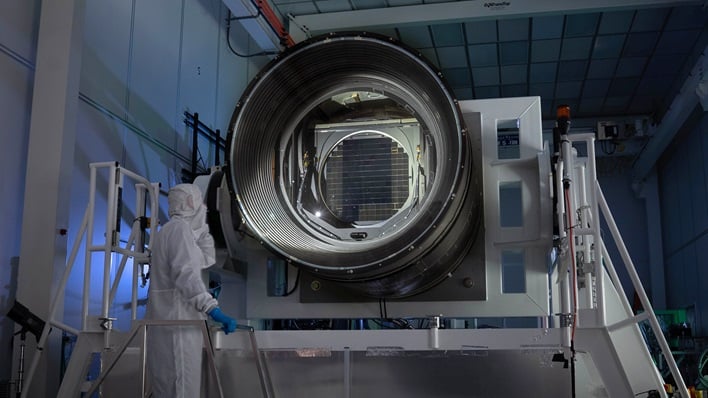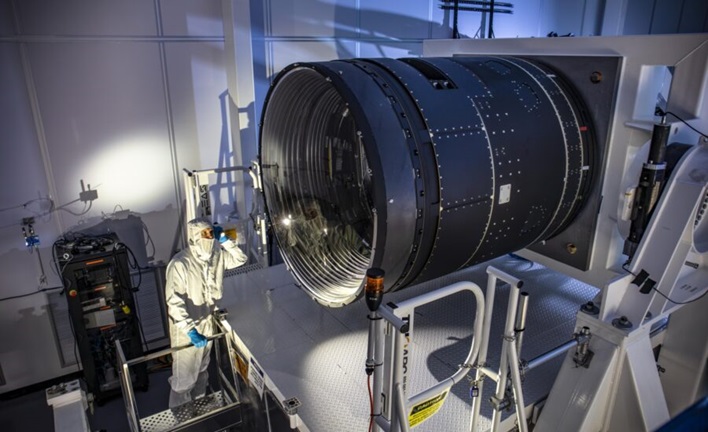Scientists Develop Biggest Digital Camera In The Universe With A Huge 3200MP Sensor

The Legacy Survey of Space and Time (LSST) project at the Vera C. Rubin Observatory will spend the next decade covering the entire southern sky and providing the widest, fastest, and deepest views of the night sky ever observed. The scientists partaking in the venture will use data collected from images taken by the soon to come LSST camera, hoping to learn more about dark matter and dark energy, the Milky Way, and the Solar System in general.
Once the LSST camera arrives, it will be mounted on the SImonyi Survey Telescope. Once operational, the camera will take a 15-second exposure every 20 seconds, which will require very precise focusing due to the rapid repointing. It is expected to deliver extremely high quality images with minimal downtime and maintenance.
“With the completion of the unique LSST Camera at SLAC and its imminent integration with the rest of Rubin Observatory systems in Chile, we will soon start producing the greatest movie of all time and the most informative map of the night sky ever assembled,” explained Director of Rubin Observatory Construction and University of Washington professor Zeljko Ivezic.
The LSST camera is roughly the size of a small compact car, a bit larger than the one on a smartphone, to say the least. It is also much heavier than the typical camera, coming in at weight of around 3,000 kilograms (3 metric tons), with its front lens spanning a mind-boggling five feet across. According to SLAC, another three-foot-wide lens had to be specially designed to maintain the shape and optical clarity while also sealing the vacuum chamber that houses the camera’s focal plane.
While all of those specs are quite impressive, it is the camera’s ability to capture enormously high-resolution images that takes center stage. SLAC commented that it would take hundreds of ultra-high-definition televisions to simply display one image captured by the LSST camera at full size.

“Its images are so detailed that it could resolve a golf ball from around 15 miles away, while covering a swath of the sky seven times wider than the full moon,” remarked Rubin Observatory Deputy Directo and Camera Lead Aaron Roodman. “These images with billions of stars and galaxies will help unlock the secrets of the universe.”
Kathy Turner, program manager for the Department of Energy’s Cosmic Frontier Program, remarked, “More than ever before, expanding our understanding of fundamental physics requires looking farther out into the universe.” Turner added, “With the LSST Camera at its core, Rubin Observatory will delve deeper than ever before into the cosmos and help answer some of the hardest, most important questions in physics today.”
While the sheer size and resolution of the LSST camera are incredible feats, the images that the camera captures will determine its ultimate value. Regardless of what comes next for the gargantuan camera, the gauntlet has been dropped in terms of camera capabilities. We are looking at you Apple and Samsung…

